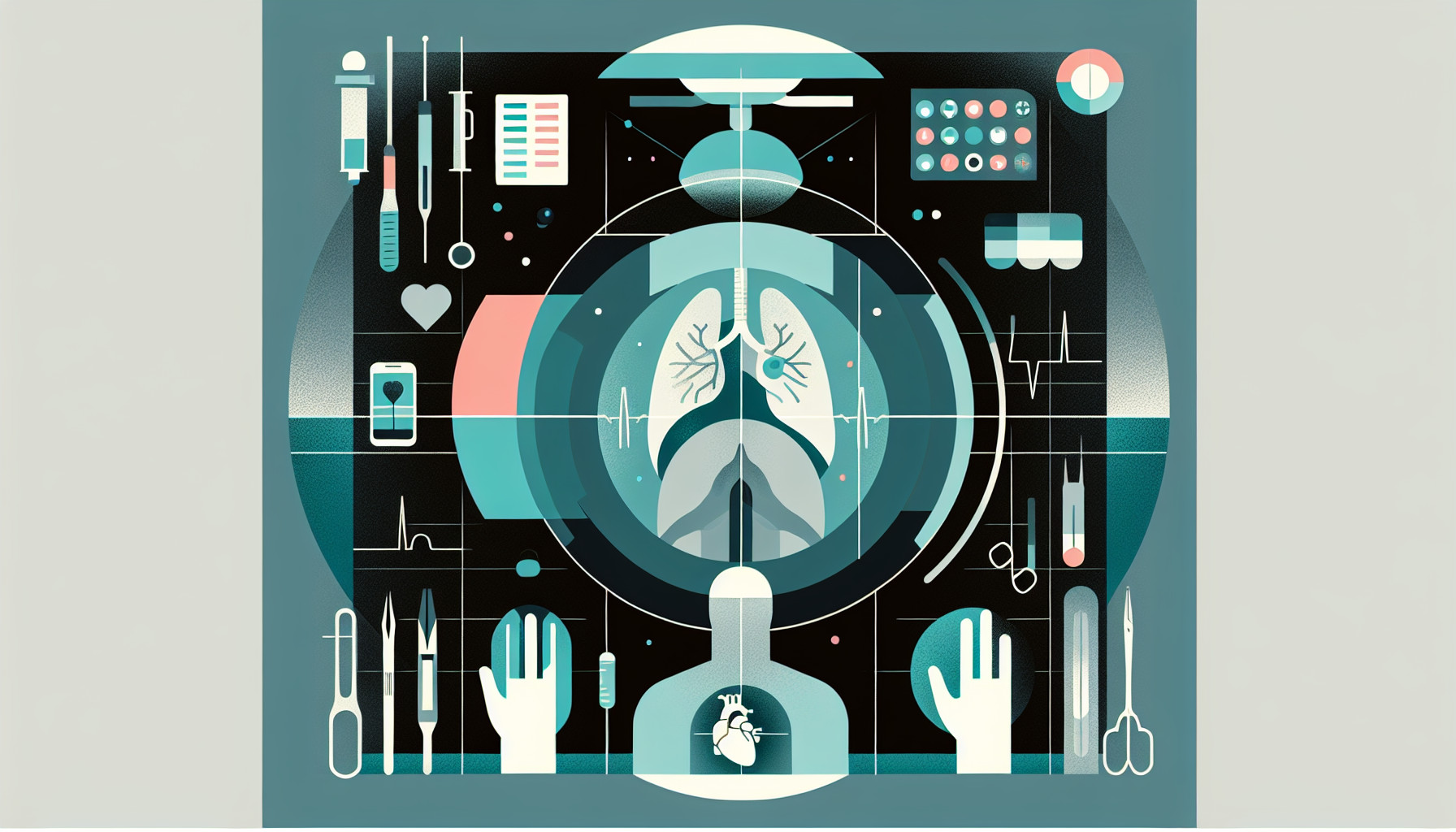Our Summary
This research paper discusses advancements in breast reconstruction after mastectomy (surgery to remove whole breasts in cancer patients). The focus is on preserving the natural skin and nipple of the breast and achieving a natural look in one or two surgeries. The researchers found that the procedures that save the nipple appear to be safe with a low risk of cancer returning. In over 2,000 surgeries performed, there was no cancer development or return in the nipple area.
They also discuss a direct-to-implant single-stage surgery that allows the patient to have a complete reconstruction at the time of their mastectomy. The decision to go for this procedure depends on the patient’s pre-existing breast shape, post-surgery goals for breast size and uplift, and their grade of breast sagging (ptosis). This procedure is best for those with mild to moderate breast sagging who want to maintain the same breast size.
The type of incision and the width of the implant play significant roles in ensuring the nipple remains in the center. The most common technique involves partial muscle coverage with a type of biological mesh, which helps in supporting the implant and provides more soft tissue coverage.
The researchers found that, with experience, the rate of complications and revisions in this method are comparable to the more traditional two-stage process that involves tissue expansion before implantation. Therefore, the nipple-sparing mastectomy along with a direct-to-implant reconstruction seems to be a favored method when there is enough blood supply to the breast skin.
FAQs
- Is nipple-sparing mastectomy safe in terms of cancer recurrence?
- Who are the best candidates for nipple-sparing mastectomy and direct-to-implant breast reconstruction?
- What techniques are used to support the implant in nipple-sparing mastectomy and direct-to-implant breast reconstruction?
Doctor’s Tip
A helpful tip a doctor might tell a patient about nipple reconstruction is to carefully follow post-operative care instructions to ensure proper healing and minimize the risk of complications. This may include keeping the area clean and dry, avoiding strenuous activities that could put pressure on the nipples, and attending follow-up appointments with the surgeon for monitoring and adjustments as needed. Additionally, patients should be aware that the appearance of the reconstructed nipple may change over time and may require further touch-ups or revisions to achieve the desired aesthetic outcome. It is important to communicate openly with the surgeon about any concerns or questions throughout the recovery process.
Suitable For
Patients who are typically recommended for nipple reconstruction include those who have undergone mastectomy for breast cancer or other medical reasons and desire to restore a natural appearance to their breasts. Good candidates for nipple reconstruction are those with grade I-II breast ptosis (sagging) and those who wish to maintain approximately the same breast size after reconstruction. Additionally, patients who have sufficient perfusion in the breast skin envelope are ideal candidates for nipple-sparing mastectomy and direct-to-implant breast reconstruction.
Timeline
Before nipple reconstruction:
- Mastectomy: The patient undergoes a mastectomy procedure to remove the breast tissue due to cancer or other medical reasons.
- Healing and recovery: The patient goes through a period of healing and recovery after the mastectomy surgery, allowing the chest area to heal and the swelling to subside.
After nipple reconstruction:
- Consultation: The patient consults with their plastic surgeon to discuss the options for nipple reconstruction and determine the best approach for their individual case.
- Nipple reconstruction surgery: The patient undergoes a nipple reconstruction surgery, where the plastic surgeon creates a new nipple using tissue from another part of the body or through other techniques.
- Healing and recovery: The patient goes through a period of healing and recovery after the nipple reconstruction surgery, allowing the new nipple to heal and settle into place.
- Nipple tattooing: In some cases, the patient may opt for nipple tattooing to enhance the appearance of the reconstructed nipple and create a more natural look.
- Follow-up appointments: The patient attends follow-up appointments with their plastic surgeon to monitor the healing process and address any concerns or complications that may arise.
What to Ask Your Doctor
- What are the risks and potential complications associated with nipple reconstruction?
- How long is the recovery process after nipple reconstruction surgery?
- Will the sensation in my nipple be affected after reconstruction?
- What are the different techniques available for nipple reconstruction and which one would be most suitable for me?
- How soon after my mastectomy can I undergo nipple reconstruction?
- Will I need additional surgeries or touch-up procedures after the initial nipple reconstruction?
- Can you show me before and after photos of previous patients who have undergone nipple reconstruction?
- How will the size and shape of the reconstructed nipple be determined?
- Will the color of the reconstructed nipple match my natural skin tone?
- How will the reconstructed nipple affect my overall breast appearance and symmetry?
Reference
Authors: Colwell AS, Christensen JM. Journal: Plast Reconstr Surg. 2017 Nov;140(5S Advances in Breast Reconstruction):44S-50S. doi: 10.1097/PRS.0000000000003949. PMID: 29064921
